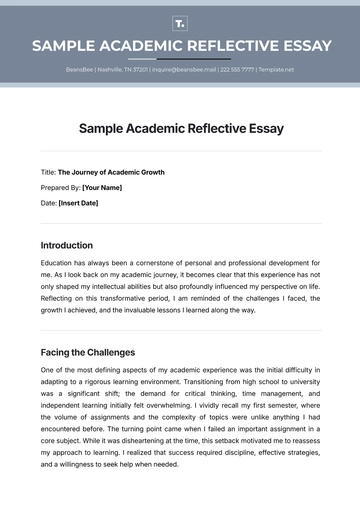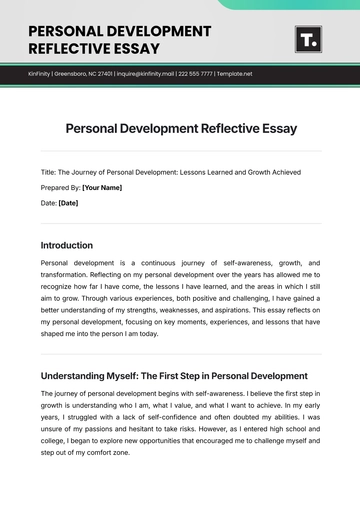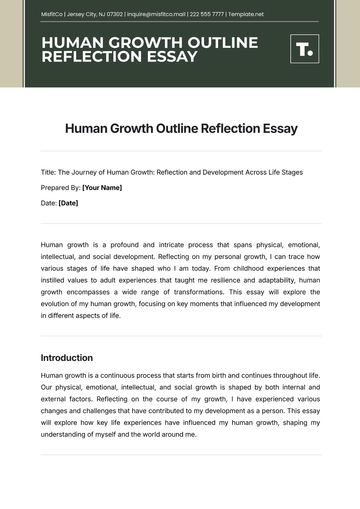Free Historical Significance of Easter Essay
[Your Name]
[Your Professor's Name]
[Your Course Name]
March 31, 2024
Easter Sunday in Historical Lenses
The Easter carnival bellows in neighborhoods and manifests in the enthusiastic discussions of the children as they chart their quest for Easter eggs. Yet, as the world dallies in the vibrant hues of Easter, it is important to remember that these timeless traditions rest on a foundation of rich historical significance.
Easter, a Christian festival celebrated worldwide, is enveloped in history, marking the crucifixion of Jesus Christ and his resurrection. This event holds paramount importance in Christianity, symbolizing rebirth, renewal, and eternal life. This essay dives into the historical foundations of Easter and how it has evolved into one of the most significant Christian celebrations worldwide.
The origin of Easter traces back to the beginnings of Christianity. The term 'Easter' is often associated with Eostre, an Anglo-Saxon goddess often associated with spring and fertility. Some believe that the name 'Easter' was derived from this goddess, symbolizing the rebirth and renewal typical of the spring season. However, in various cultures, the festival is known by different names; for instance, in the Spanish language, Easter is referred to as 'Pascua' originating from Pasch, the Aramaic version of the Hebrew word for 'Passover'.
The historical significance of the festival lies in its commemoration of the resurrection of Jesus Christ, an event recited generously in the New Testament of the Bible. In particular, it was claimed that Jesus Christ, after being crucified on Good Friday, arose from the dead three days later, an event that has since been celebrated as Easter Sunday. This resurrection imbued humanity with hope, fortifying the belief in life after death and paving the way for the initiation of Christianity.
Aside from its religious significance, Easter boasts a myriad of cultural influences. Fertility symbols such as bunnies, Easter eggs, feasting, and fétes all trace back to pagan traditions that were merged into the celebrations when Christianity spread across Europe. The colorful, decorated eggs signify new life, rebirth, and fertility. Likewise, the Easter Bunny, a symbol predominantly used in the West, can be traced back to the Middle Ages, when the hare was worshiped as an emblem of fertility.
The devotional observances, feasts, and colorful pageantry of Easter make it a celebration that binds communities together. The historical roots and evolution of these traditions serve as a testament to the adaptive nature of cultural practices, which merge and emerge to create a festive spirit that transcends time and geographic boundaries. The colors, rituals, and symbolism of Easter, all sprout from a deep historical root, making this festival not just a religious observance but also a cultural phenomenon.
In conclusion, Easter, despite its animation and brightness today, harbors a deep historical and religious significance that can never be diminished. From the resurrection story to the vibrant traditions, each aspect of Easter carries historical importance. Acknowledging these historical roots enhances our understanding of the festival, making the celebration even more meaningful.
Easter Sunday Templates @ Template.net
- 100% Customizable, free editor
- Access 1 Million+ Templates, photo’s & graphics
- Download or share as a template
- Click and replace photos, graphics, text, backgrounds
- Resize, crop, AI write & more
- Access advanced editor
Delve into the depths of history with Template.net's Historical Significance of Easter Essay Template. Uncover the origins and evolution of this cherished holiday with ease. Craft insightful essays effortlessly, as this template is editable and customizable. Seamlessly adapt your content with our AI Editor Tool. Enhance your understanding of Easter's historical narrative today!

